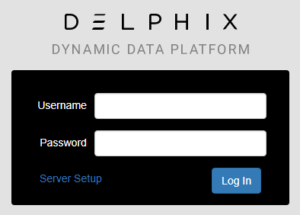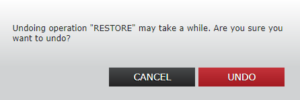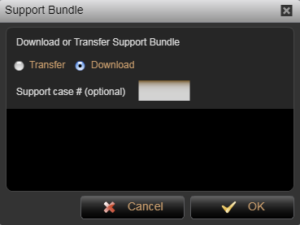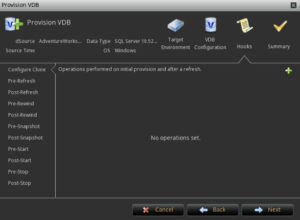
Delphix version 5.2 has recently been released and with it a complete new look and feel to the virtualization engine GUI. Finally the guys at Delphix have completely removed Flash from the front end, a welcome relief, and with it have taken the opportunity to redesign the interface to make it cleaner, more modern and intuitive. It’s been a long time coming but is it an improvement?
Continue reading “The New Delphix 5.2 Management Interface”

Matt is a technology consultant with over 20 years experience helping organisations around the world achieve data success using proven and emerging technologies. He is the Principal Consultant and Head Trainer at Kuzo Data.
Connect with Matt on LinkedIn.
 Vs
Vs 



